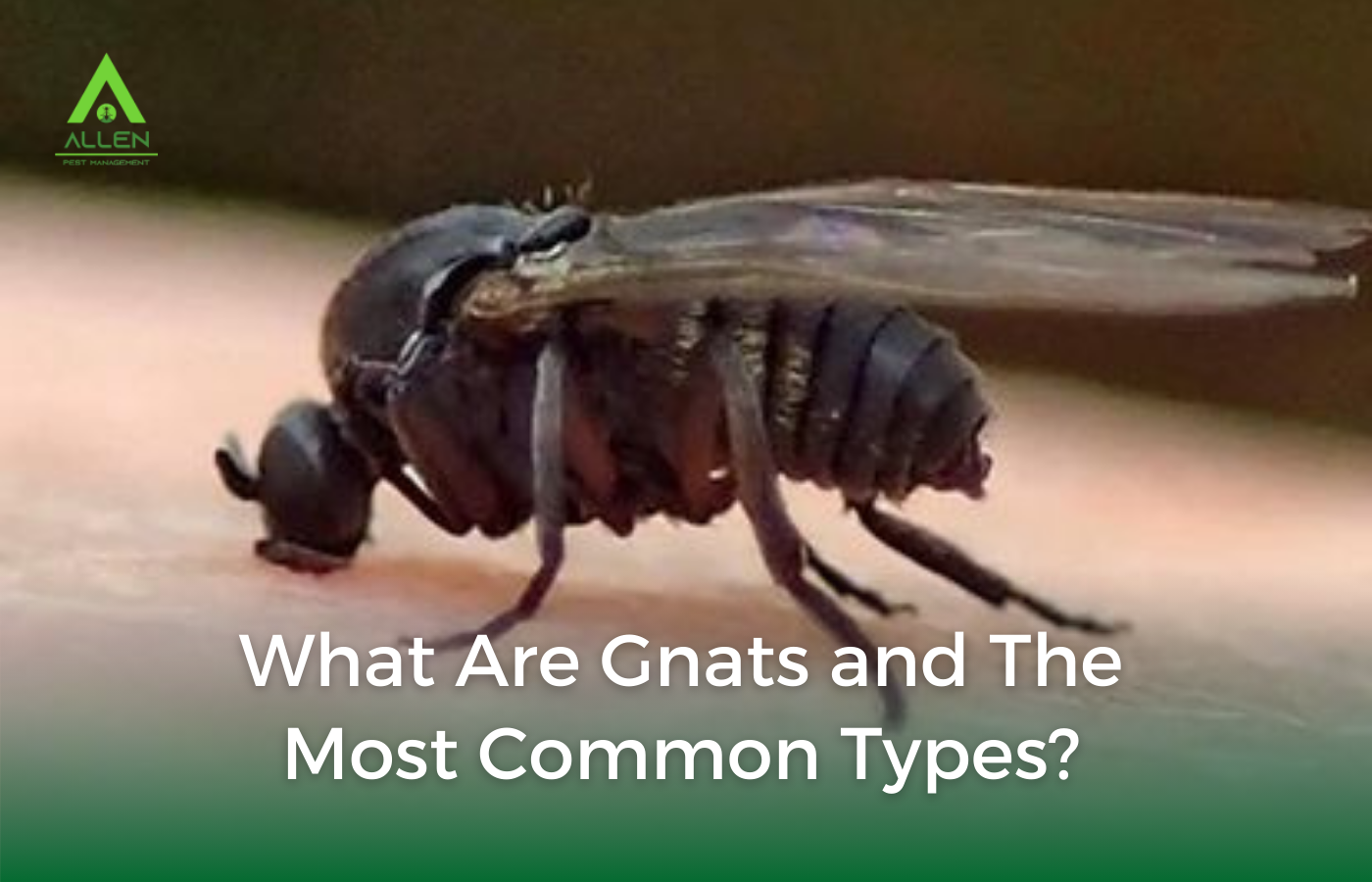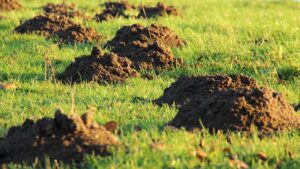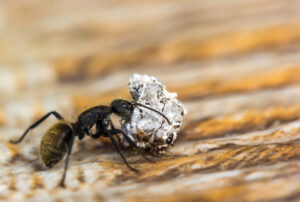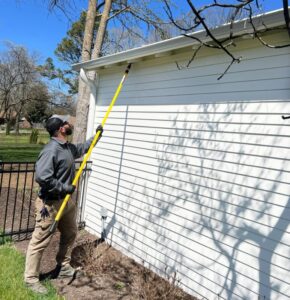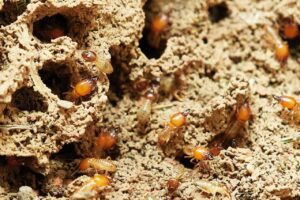Gnats are small flying insects that can be quite a nuisance in homes and gardens. These tiny pests can multiply quickly and become a significant problem if not dealt with properly. Understanding what gnats are and identifying the most common types are crucial first steps in gnat control. This article will provide essential information about gnats and offer practical advice for managing them effectively.
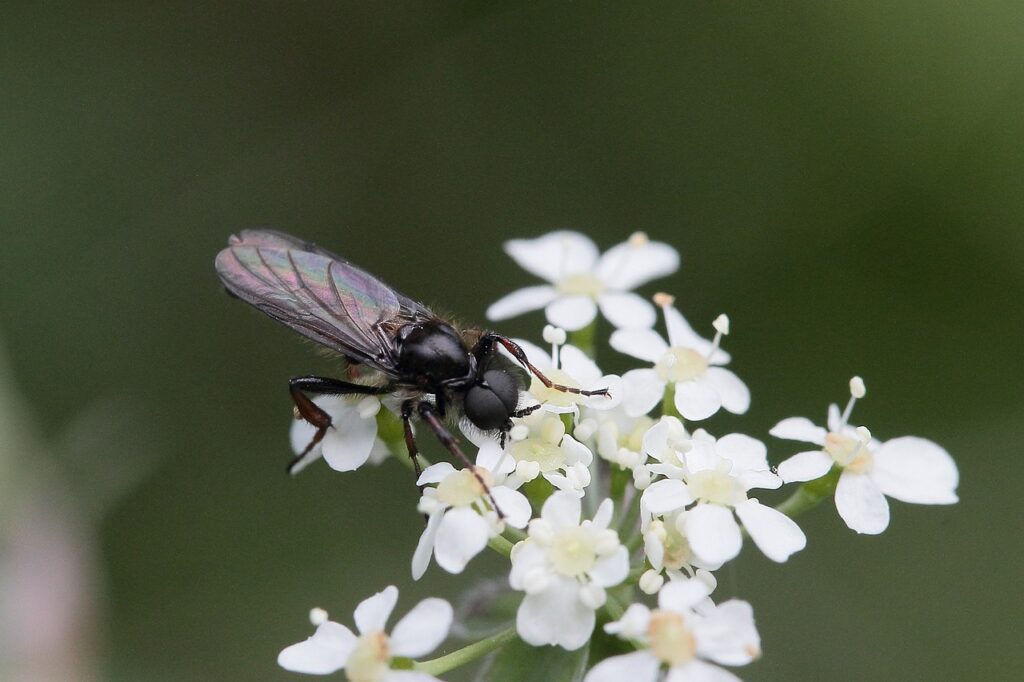
What Are Gnats?
Gnats are tiny, winged insects that belong to several families, including fungus gnats, fruit flies, and drain flies. They are often mistaken for mosquitoes due to their similar appearance but are generally much smaller. Gnats can thrive in various environments, particularly those that are moist or have decaying organic matter.
Physical Characteristics of Gnats
Gnats are usually less than 1/8 inch long. They have slender bodies and long legs, which make them agile fliers. Their wings are often transparent or lightly tinted. Despite their small size, gnats can be a significant annoyance due to their swarming behavior.
The Most Common Types of Gnats
Fungus Gnats
Fungus gnats are commonly found around houseplants and outdoor garden areas. They are attracted to damp soil and decaying plant material. The larvae of fungus gnats feed on fungi and organic matter in the soil, which can harm plant roots.
Identification
- Size: Small, about 1/8 inch long.
- Color: Dark gray or black.
- Habitat: Moist soil, especially in potted plants.
Control Methods
- Dry Soil: Allowing the soil to dry out between waterings can help reduce their numbers.
- Sticky Traps: Using yellow sticky traps can catch adult gnats and reduce their population.
Fruit Flies
Fruit flies are another common type of gnat that is often found around ripe or decaying fruits and vegetables. They are known for their rapid reproduction, making it essential to address infestations promptly.
Identification
- Size: Small, about 1/8 inch long.
- Color: Tan or light brown with red eyes.
- Habitat: Overripe fruits, vegetables, and other organic matter.
Control Methods
- Clean Up: Regularly disposing of overripe produce and keeping kitchen areas clean can prevent infestations.
- Vinegar Traps: A mixture of apple cider vinegar and dish soap can attract and trap fruit flies.
Drain Flies
Drain flies, also known as sewer flies or moth flies, are commonly found near sinks, drains, and other areas with standing water. They are attracted to the organic matter that accumulates in drains.
Identification
- Size: Small, about 1/16 to 1/4 inch long.
- Color: Gray or dark-colored with fuzzy wings.
- Habitat: Drains, sewage systems, and areas with standing water.
Control Methods
- Clean Drains: Regularly cleaning drains with a brush and drain cleaner can remove the build-up that attracts drain flies.
- Prevent Standing Water: Ensuring there is no standing water in and around the home can help deter these pests.
Effective Gnat Control Strategies and Solutions
Gnats, though small in size, can cause significant problems if not addressed promptly. By understanding the different types of gnats and their habits, you can take effective steps towards gnat control. Maintaining cleanliness, proper waste management, and monitoring moisture levels are key strategies in keeping these pests under control. If needed, don’t hesitate to seek professional assistance to ensure a gnat-free environment.
Trust Allen Pest Management for a lasting solution to your gnat problem. Our expert team has the knowledge and tools to tackle persistent pest issues. Don’t let gnats disrupt your peace. Contact us today for a consultation and move towards a pest-free home. With Allen Pest Management, you control pests and ensure a healthy, inviting environment. Let’s work together to keep your space gnat-free.

